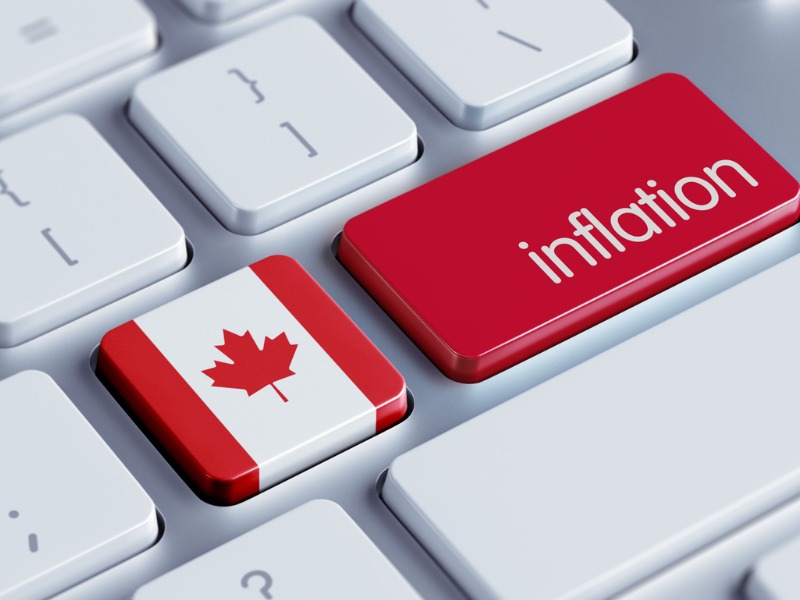While this rate remains above Canada’s 2% target, it is well below that of the United States, the United Kingdom and the European Union.
Douglas Porter, senior economist at the Bank of Montreal, argues that the comparison game is difficult because not all countries calculate the inflation rate in the same way. However, he believes Canada is doing better at the moment.
“Even with that in mind, we have to remember that inflation in Canada is lower than that of the world’s major economies,” he says.
According to Douglas Porter, the leaders in this area are Switzerland, Japan and China, where inflation is stagnating at 2% to 3%.
In the United States, the pace of inflation appears to have slowed in October. It was 7.7%, which pleasantly surprised the experts.
The economist attributes the stronger inflationary pressures in the United States to two causes: a faster post-pandemic recovery and more aggressive fiscal policies for the recovery.
Douglas Porter points out that inflation is particularly high in Europe due to dependence on Russian energy resources.
UK inflation rose to 11.1% in October, its worst reading in 41 years. In the European Union, the situation is little better, with inflation at 10.6%.
After the invasion of Ukraine, Europe imposed sanctions on Russia. In retaliation, Moscow cut off its natural gas supplies and stoked fears of onset of winter temperatures.
“This is the main reason why the inflation rate in Europe is so much higher than in North America,” says Douglas Porter.
Central banks have responded by raising interest rates, a policy aimed at slowing economic growth.
Some have criticized the Bank of Canada for waiting too long to follow suit. However, Douglas Porter believes that she was faster and more dynamic than her peers.
“The Bank of Canada did it earlier than other central banks. That’s why our inflation is a bit lower here,” he says.
Canada’s central bank has raised interest rates six times in a row since March. It rose from 0.25% to 3.75% during this period. Its governor, Tiff Macklem, has already warned Canadians that more hikes could be announced.
The US Federal Reserve also began raising interest rates in March. This is 4%.
The Bank of England and the European Central Bank have interest rates of 3% and 1.5% respectively
Douglas Porter argues that even more aggressive action by the Reserve Bank of Canada and the US Federal Reserve could curb inflation even further.
He warns that the path will not be easy.
“We have to be prepared for a long fight to get inflation under control,” he says.

Total web buff. Student. Tv enthusiast. Evil thinker. Travelaholic. Proud bacon guru.







